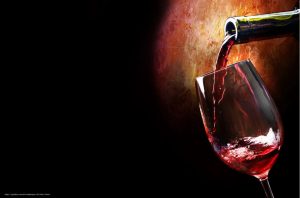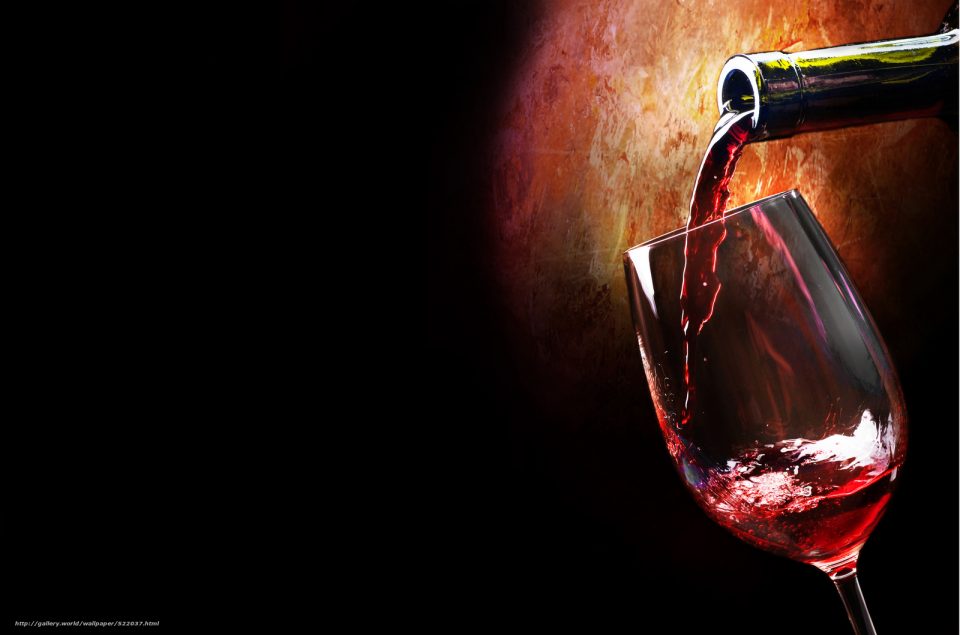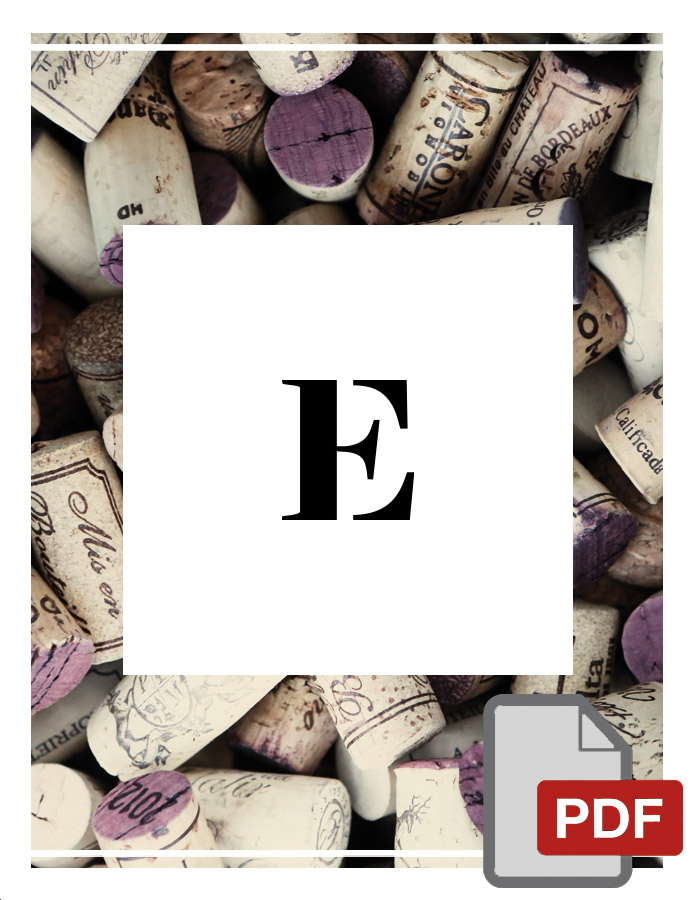Learning about wine
Red Wine… how is it made? Let’s discover it together!
 Hello everybody! Today I had lunch with some friend I did not see for a long time and to celebrate I opened a very good red wine bottle I was keeping for special occasion. As I told you already, I fell in love with wine thanks to a glass of Cabernet Franc, an hight quality red wine, so, I decided it is time to understand together how red wine is made!
Hello everybody! Today I had lunch with some friend I did not see for a long time and to celebrate I opened a very good red wine bottle I was keeping for special occasion. As I told you already, I fell in love with wine thanks to a glass of Cabernet Franc, an hight quality red wine, so, I decided it is time to understand together how red wine is made!
Enjoy the reading and enjoy even more the tasting!
and… remember A bottle of wine means sharing, i never met a selfish wine lover (Clifton Fadiman)
See you later Ilde
Make red wine
the process used to make the red wine is called maceration and consists in leaving the grape skin in contact with the must for a period of time that varies from 10 to 15 days at a temperature of 25°-30° C (77°-86° F). During this time period, the most ferments and the yeasts become sugar, ethyl alcohol and carbon dioxide; a lot of good substances pass from the skins to the liquid.
Color, aroma and structure
The maceration time is very important and defines color, aroma and structure of the wine. In the first days of maceration the colors are very intense and go from ruby red to purple and blue; in the following days, the colors fade and leave space to the structure and the taste of wine.
Racking
The next step afte the maceration is called racking and consists in removing from the liquid, the grape skins and all residues that have formed during fermentation After this step we are left with the wine which is now ready to go thought a stabilization process and, in some cases, an aging process, before to go on the market.
Stabilization process
It is need to allow the wine to mature. For young wines that are bottled the Spring after the harvest, the stabilization process happens in stainless still or glass resin vats; those wines retain all the characteristics of the vineyard of origin. The wines that rest in wooden barrels will have more complex aromas and you clearly feel the scent of wood.
The win in big barrels and in barrique
The wood used for the production of the barrels needs to go thought a 24 to 36 months seasoning process.
When the wine rests in wood things change big time:
- the colors : less vivid, more stable
- the aromas : enriched with full developed hints, you can find many shades of spices, jams, dried fruit, liqueur, leather, coffee, tobacco
- the elegance: the tannins are less harsh and astringent bringing elegance to the wine
Bottling
The last phase is the bottling; it is done with specific fillers that avoid the contact of the wine with air; the contact with air would alter the quality of the wine itself. Also the caps are important and there is a big variety on the market; corks are always used for quality wines.
Also the bottle is very important specially for the long aging wines (those who need to rest in bottle for a long time); and finally in order to avoid the negative effects of the light, the bottle must always be made of dark glass.
And now let’s taste some good red wines
- Lambrusco Gasparossa – stainless still vats; Barbolini winery (Emilia Romagna)
- Nero D’Avola – Sherazade – stainless still vats followed by bottle; Donnafugata winery (Salento)
- Cabernet Franc – one year in oak barrels, Castelvecchio winery
- Rosso riserva degli Orzoni – at least 24 months in oak barrel followed by 12 months in bottle; Russiz Superiore winery
- Amarone della Valpolicella- Campo Leon – 30 months in tonneaux followed by at least 1 year in bottle; Ilatium Morini winery





